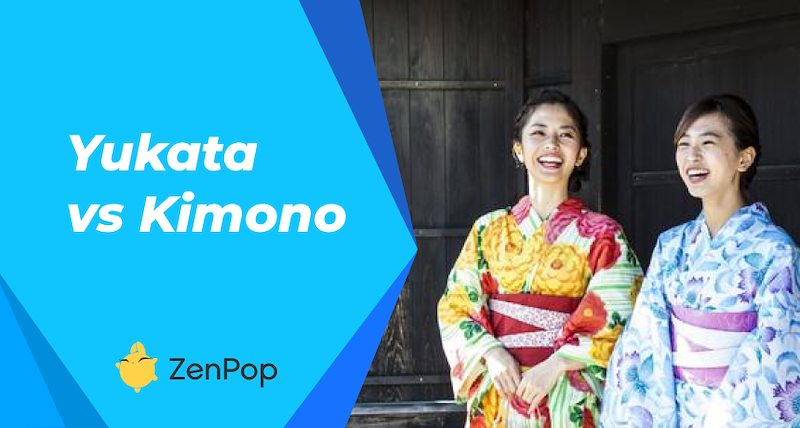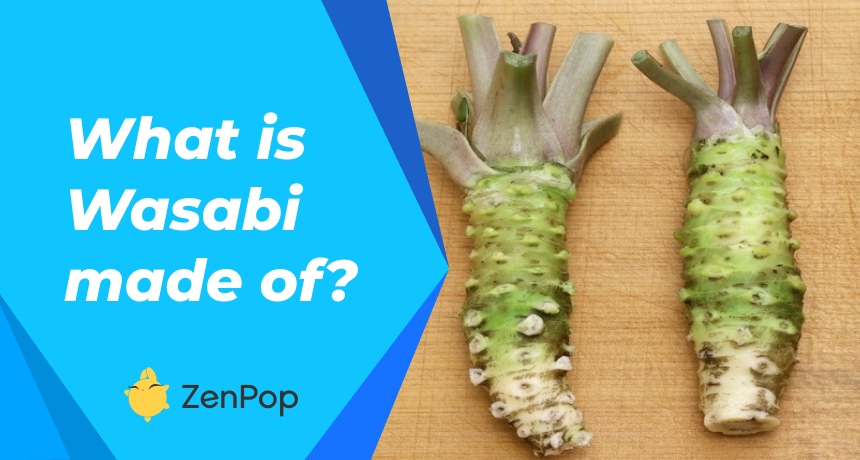
</title><meta name="robots" content="noindex"> What is Wasabi made of ?
When it comes to adding a burst of flavor and a hint of heat to your sushi or sashimi, wasabi is the go-to paste for every Asian restaurant. This vibrant green paste is more than just a spicy accompaniment; it's a culinary experience that completes the Japanese cuisine itself.
Did you know that the green paste that gives that fiery kick in American restaurants is actually an imitation of the real authentic Japanese wasabi paste? 90% of wasabi in America is a fake version, and it turns out that only a small percentage is real wasabi. In this article, we'll dive into the fascinating world of wasabi, exploring its ingredients, origins, and how you can spot the real or fake one.
What is Wasabi?
Wasabi, scientifically known as Eutrema japonicum or Wasabia japonica, is a plant native to Japan, also called Japanese horseradish. It belongs to the same plant family as cabbage and mustard, but it is mostly eaten in paste form. Some people don’t even know what the plant looks like.
The wasabi paste is gotten when the rhizome root or underground stem of the plant is grated. Without particular weather conditions only found in Japan, like shaded areas, moist soil, and high humidity, wasabi cannot grow. Countries like the US is not suitable for growing the plant commercially.
That is why it is difficult to find authentic wasabi anywhere else in the world; original wasabi is quite expensive when you consider importation fees. Because of this, people have found ways to replicate its taste and use that in restaurants instead.
What Does Wasabi Taste Like?
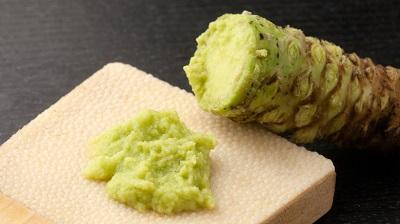
The heat associated with wasabi is one of its defining characteristics. The sensation is often likened to that of spicy peppers, but the source of this heat is quite different. Wasabi's spiciness comes from a class of compounds known as isothiocyanates, specifically allyl isothiocyanate. These compounds are released when the plant is crushed, grated, or chewed, leading to a familiar tingling sensation in the mouth, kind of like mustard. The good thing is that wasabi’s heat is short-lived, so you won’t experience spiciness all through the meal.
How Fake Wasabi Is Made
Fake wasabi or the regular kind you are probably used to, is a mixture of similar-tasting ingredients and green food coloring to make it look authentic. Usually, the mixture contains horseradish, mustard, cornstarch, and some other chemicals. Even a large percentage of wasabi in Japan is fake, so don’t feel bad that you haven’t had the real deal. Some products contain real wasabi in small percentages so you can get those instead. They probably have an indicator on the packaging showing how much real wasabi it contains.
What Is The Difference Between Real Wasabi And Fake Wasabi?
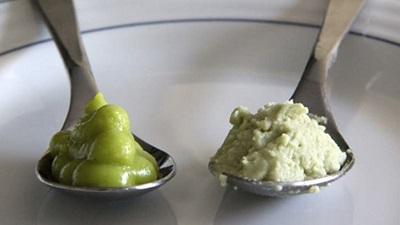
Real Wasabi is not the easiest to come across, and most times, you’ll have to settle for the fake one, but here are some tips to help you spot wasabi.
COLOR
The color of real wasabi paste is a paler green than the fake ones. This is because the green food coloring is often a very bright green which is not like the real wasabi at all. Also, some restaurants' wasabi may be greener than others; the lack of consistency means it’s fake.
TASTE
We all know that wasabi is spicy but surprisingly, real wasabi has a hint of sweetness with some herb attributes. It also gives off a flavor for a while after being grated so it shouldn’t have a smell for a long time. Fake wasabi only focuses on replicating the spicy flavor, unlike the real one which has a mixture of flavors.
TEXTURE
Because natural wasabi is grated and used directly, the texture isn’t completely smooth. Imagine freshly grated ginger; that’s how it is supposed to look. Fake wasabi, on the other hand, is too smooth, almost like ketchup, so it has a pasty, thick texture.
In conclusion, if you are consuming wasabi from a tube, check the ingredients to know how much of the real stuff is in it.
Cultivation and Processing Wasabi
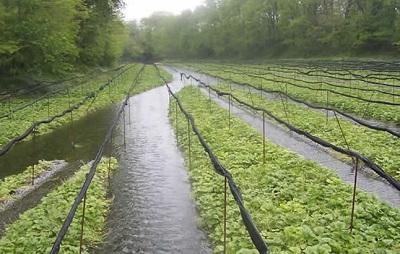
Cultivating wasabi is an art that requires precision and care. Due to its sensitivity to temperature and humidity, growing wasabi can be challenging. It's typically grown in shaded environments near flowing water to mimic its natural habitat. To make this environment artificially, large gravel beds are used to grow wasabi with carefully monitored clean water.
Daio Wasabi Farm in Japan keeps the water used for their wasabi bed at 13oc all through the year. When it is summer, and the sun is too harsh, wasabi has to be covered because it is so sensitive. These delicate plants then take around two years to reach maturity, after which its rhizomes, the underground stems, are harvested. The cost for one mature wasabi can run up to $100 in Tokyo, so it gets even more expensive when it reaches other countries.
To create the wasabi paste commonly seen on plates, the rhizomes are grated using a traditional tool called a "Suribachi" in Japan. Wasabi has a short shelf life lasting only a few weeks.
FAQs
What is wasabi made from?
Wasabi is made from the rhizomes (underground stems) of the Wasabia japonica plant. The rhizomes are grated to create the familiar paste used in Japanese cuisine.
Is wasabi the same as horseradish?
No, wasabi and horseradish are not the same, although they share similar spicy flavors. Wasabi has a more complex and nuanced flavor compared to the heat of horseradish. Many commercially available "wasabi" products actually contain horseradish as a substitute due to the rarity and cost of real wasabi.
Is wasabi healthy to eat?
Yes, wasabi can have health benefits. It contains vitamins, such as vitamin C, as well as minerals like potassium and calcium. Its compounds, including isothiocyanates, have potential antioxidant and anti-inflammatory properties.
Can you grow wasabi at home?
Growing wasabi at home can be challenging due to its specific requirements for shade, temperature, and moisture.
What are the traditional uses of wasabi in Japanese cuisine?
Wasabi is commonly used in Japanese cuisine as a condiment for sushi, sashimi, and other raw seafood dishes. It's also used to enhance the flavors of noodle dishes, grilled meats, and various sauces.
Understanding what wasabi is made of not only deepens our appreciation for this fiery delight but also sheds light on the careful craftsmanship that goes into its production. So, the next time you enjoy a plate of sushi or sashimi, take a moment to savor the complex history and science that make wasabi an integral part of Japanese cuisine.
Check out or latest Japanese snack box to see if we've got some wasabi-flavored treats for you!


